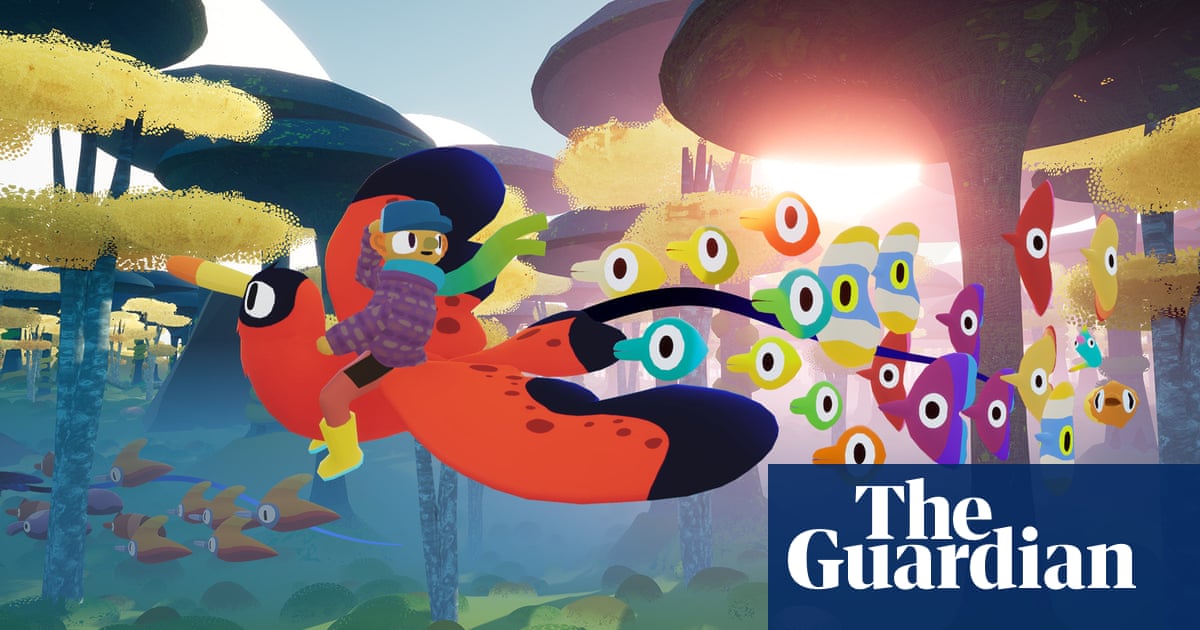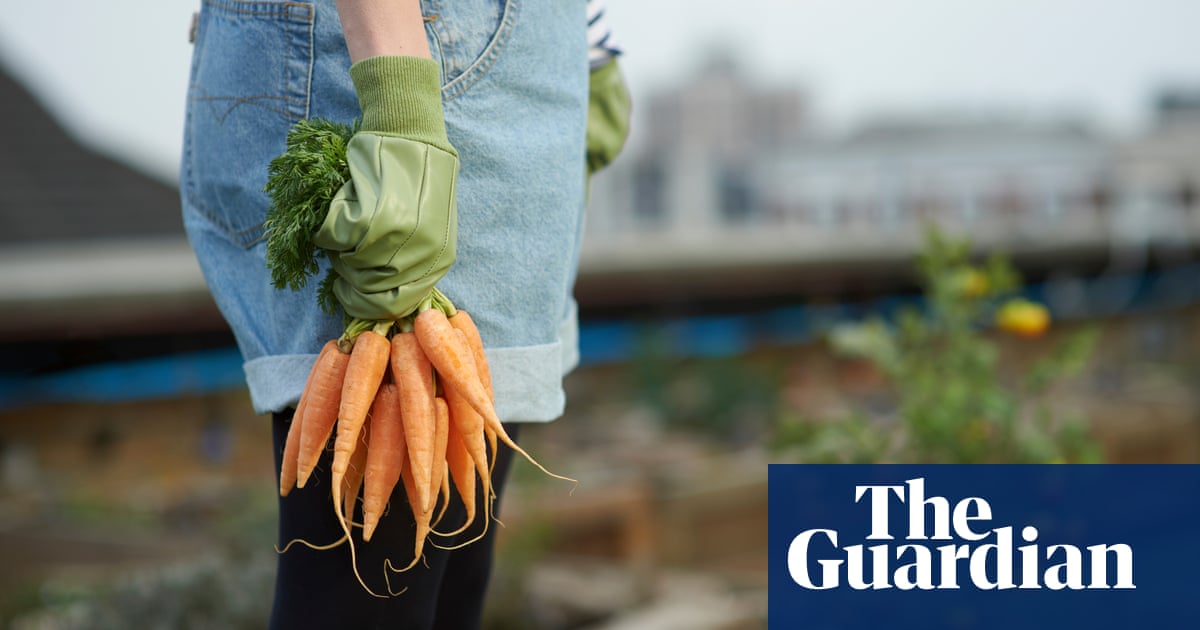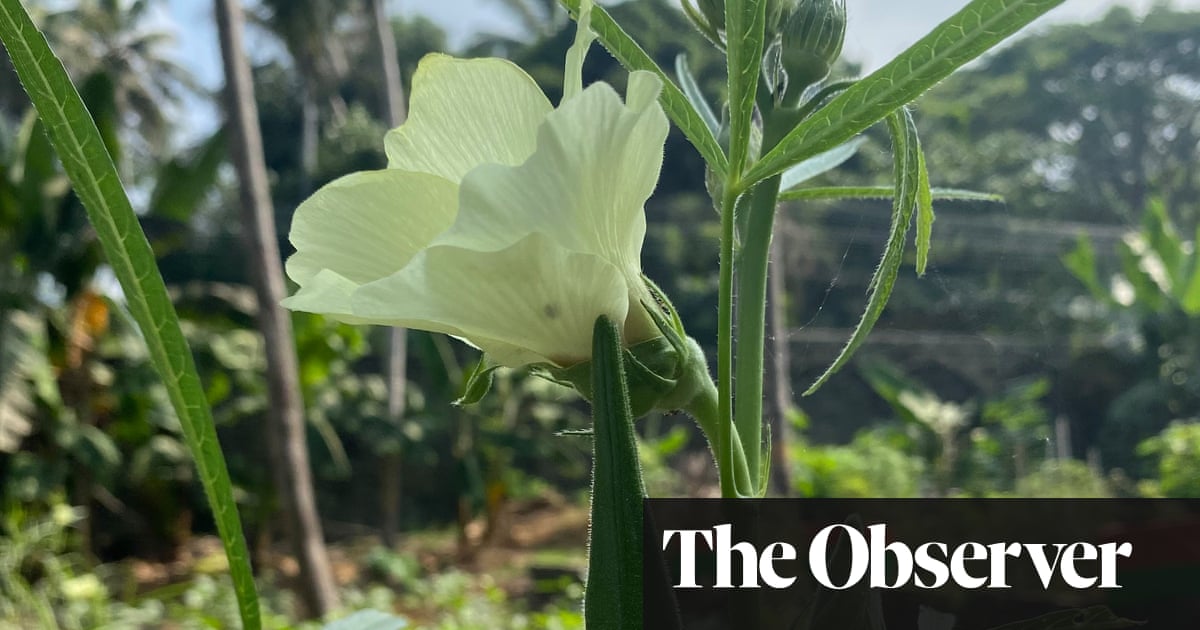
Celebrity gardeners have been throwing down the gardening gloves and stamping up and down on the parterre. The uproar is all about rewilding – how it cannot, must not, should not apply to gardening.
Rewilding gardens is “puritanical nonsense”, rails Monty Don. Alan Titchmarsh believes gardeners have been “brainwashed”. He’s just written to the Lords about it. The rewilding craze, he told peers, is an “ill-considered trend” loaded with “misleading propaganda” that will “deplete our gardens of their botanical riches” and be “catastrophic” for wildlife.
What is frustrating about this outburst is that neither have grasped what rewilding a garden actually means. There’s a common misconception that it’s about doing nothing, “letting nature take over”. But turning your back on a garden, as both Don and Titchmarsh clearly understand, is not the way to improve it for wildlife. Thuggish pioneer plants take over and, eventually, colonising trees shade out the light for other plants. Lack of plant diversity leads to lack of insect diversity and abundance of other life. A garden is only complex and species-rich because of the interventions of the gardener.
So, the rewilding gardener is not saying, stand back and let it all go. Quite the contrary. It’s only at the wilderness end of the rewilding spectrum – in vast areas such as Alaska, with fully functioning ecosystems and apex predators – that human beings can relax and let nature get on with it. Almost all the rest of the land on our planet is already managed, in some way, by humans. In our depleted, fragmented, developed and polluted world, with so many species lost and a million more on the brink of extinction, human beings must intervene, in varying degrees, to restore the natural processes that are the fount of life.
At landscape-scale, this might mean reviving dynamic river systems and reintroducing keystone species such as beavers, bison and water buffaloes which, themselves, help re-establish wetlands, soil and vegetation. At smaller scale, such as our 3,500-acre rewilding project at Knepp, in West Sussex, there are obvious constraints. We use old breeds of domesticated cattle, pigs and ponies as proxies for the aurochs, tarpan and wild boar that once roamed here. Their disturbance creates a kaleidoscope of habitats that is rocket fuel for wildlife. In the absence of apex predators, our main intervention is controlling herbivore numbers to levels that maximises habitat for wildlife.
At even smaller scale, say, 20 hectares (50 acres) or less, where free-roaming animals are not possible or desirable, scythes, spades, bulldozers, hedge trimmers and chainsaws can mimic their disturbance. By randomising and varying the intensity of these interventions, as happens in the wild, the ecosystem of even the smallest rewilding site can become complex and dynamic.
And so, to the garden. At an average size of 190 sq metres, yet more intervention is needed to create the complexity that produces life. So, the rewilding gardener thinks foremost about how nature works, and acts as a keystone species. This affects the whole decision-making and design of a garden.
A conventional gardener, for example, might build a pond. Good for wildlife. But it would most likely be uniform in depth, round, steep-sided and edged with rocks or paving. The rewilding gardener would create a pond with open edges and varying depths, and then think like a beaver – putting dead branches in the water to create habitat for aquatic insects. They might puddle the margins like a water buffalo, creating pockets for aquatic plants and places for newts, frogs and toads to spawn. A miniature ecosystem.
Perhaps the greatest insult to nature in a garden is the monoculture lawn. A nature-friendly gardener might cut out the herbicides and pesticides, reduce the mowing, encourage lawn flowers, and allow rougher areas of long grass as cover for wildlife. A rewilder will think again. At Knepp, in a garden redesigned by Tom Stuart-Smith and James Hitchmough, we’ve dumped 400 tonnes of crushed brick and concrete on to a manicured croquet lawn. The rough, 3D surface mimics the humps and hollows found in nature, providing microclimates for different communities of plants on different aspects of the slopes.
An ephemeral pond comes and goes with the seasons. We haven’t been purist about natives. We’ve planted 940 species, many from the Mediterranean and southern hemisphere with long flowering seasons that our insects love. They are plants that love poor, dry soils – that won’t need fertiliser or watering.
Our gardens, now, must help us in the battle against the climate crisis. The planet is on fire. Water is catastrophically scarce. The sprinklers, mowers, leaf-blowers, high-carbon gismos, peat compost and chemical inputs pushed on us by garden centres – the billion-pound horticultural industry that Titchmarsh has been defending to the House of Lords – is as bad for the planet as industrial farming.
It’s always going to be tricky, challenging the established conventions and aesthetics of something as personal as gardening, especially if it’s your profession. But the rewilding approach can be refreshingly liberating. It can relieve a gardener of the burden of perfection and yet still produce a space that is achingly beautiful. We would love Don and Titchmarsh to come and see ours: let it speak for itself.
Isabella Tree runs Knepp Castle estate with conservationist Charlie Burrell. They are the co-authors of The Book of Wilding: A Practical Guide to Rewilding Big and Small












